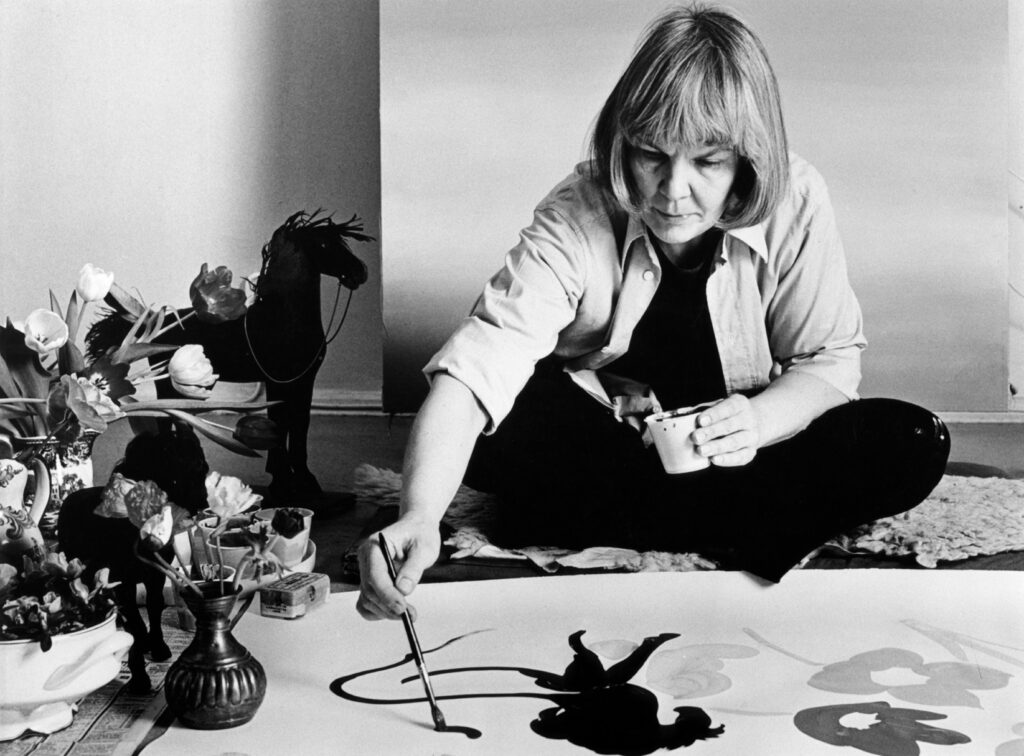Maija Isola – Patterns from Amfora to Unikko

Maija Isola (1927–2001), from Riihimäki, is one of Finland’s most well-known and highly regarded pattern designers. Isola created the Unikko (‘poppy’) pattern known across the world and many other iconic printed fabric designs. Isola worked for Marimekko for decades, designing over 500 pattern designs for the brand. Her timeless style is still strongly visible in Finnish design and at Marimekko.
The exhibition at the Riihimäki Art Museum has been compiled from the textile designs in a private archive. Isola’s works are presented based on themes and periods – from her earliest fabric, − (1949), through the designs created as a result of the time she spent in the United States in the 1970s to her later patterns in new production.
Printed fabrics and patterns are at the heart of the exhibition. The visual look of the exhibition has been inspired by fabric printing, which plays a significant role in the pattern creation process. The visuals are based on the screens used for printing fabric and the blue colour of the screen. The piece hung in the lobby brings a remnant of the atmosphere in the Marimekko printing house to the exhibition.
For Maija Isola, textile printing was an art located somewhere between painting and printmaking. You can view Isola’s pattern designs alongside the art and design of the era as well as with Isola’s own paintings and the similar themes she covered in them. Alongside her work in design, Maija Isola painted for her entire life. She was also an artist as a pattern designer.
Many of Maija Isola’s textile designs have become timeless classics that are widely known around the world, from New York to Bangkok. The abundance of her textile designs and their variations have inspired, and continue to inspire, unending applications. Isola’s designs live on in new pattern variations and newly produced fabrics. New generations have been keen to adopt Maija Isola’s patterns.
The exhibition starts on the first floor of the art museum, continues in themes and a chronological order on the second floor, and ends in the workshop room.
Category archive: Uncategorized
All articles: News